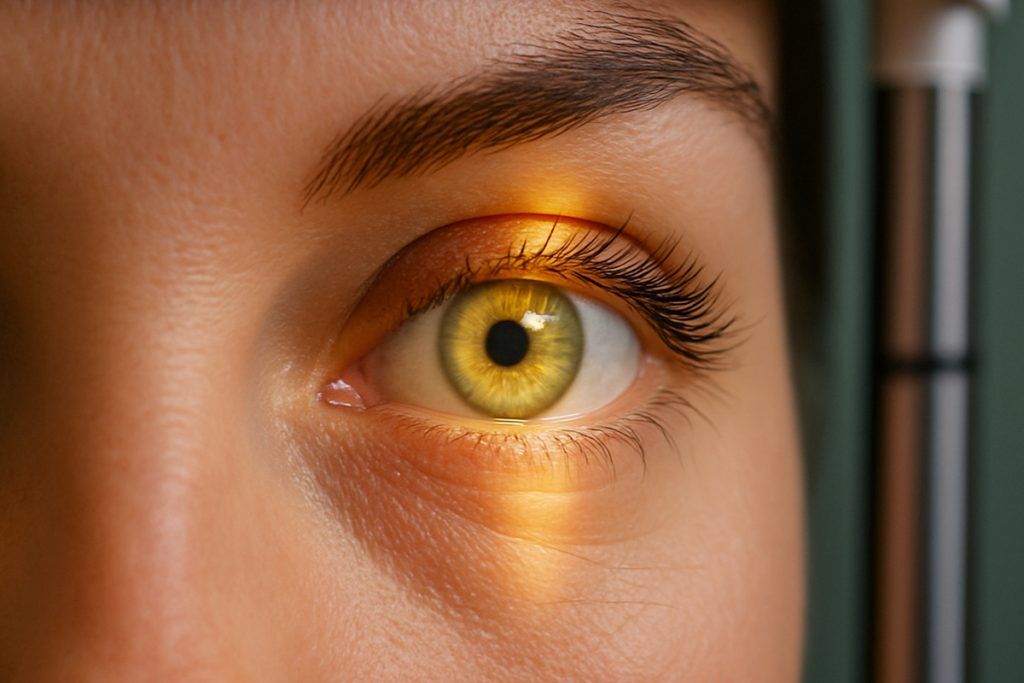
Light-based therapy for Parkinson’s disease moves closer to FDA submission as key trial progresses and Series B extension closes.
Utah-based medtech company PhotoPharmics has announced the close of an oversubscribed $6 million Series B extension to support the final stages of clinical development for its Celeste light therapy device for Parkinson’s disease. The funding will allow the company to complete its late-stage Phase 3 clinical trial, pursue FDA marketing authorization, and build partnerships to expand access to its non-invasive treatment platform.
Celeste represents a novel approach to managing Parkinson’s, diverging from traditional pharmacological therapies that primarily address motor symptoms via dopaminergic pathways. Instead, the device delivers specialized wavelengths of light to the eyes, aiming to regulate circadian rhythms, enhance mitochondrial function and modulate neuroinflammatory processes – mechanisms increasingly implicated in the broader neurodegenerative cascade characteristic of Parkinson’s disease.
PhotoPharmics’ “Light for PD” trial, now well advanced with more than 200 participants enrolled, builds on promising earlier studies that suggested improvements not only in motor symptoms but also in critical non-motor symptoms such as sleep disturbance, mood dysfunction, cognitive impairment and fatigue. These non-motor domains, often neglected by conventional treatments, have a profound impact on patient quality of life and functional healthspan.
The Celeste device is designed for daily, passive use at home, allowing patients to integrate therapy into normal evening activities such as reading or television viewing, an approach that supports consistent dosing and ease of adherence.
Longevity.Technology: Parkinson’s disease remains a significant challenge in the context of aging and healthspan, with current therapies largely focused on managing motor symptoms through dopamine replacement. PhotoPharmics’ Celeste device represents a notable shift, offering a non-invasive phototherapy designed to address both motor and non-motor symptoms, and potentially influence the underlying disease processes. By targeting circadian disruption, mitochondrial function and neuroinflammation, this approach moves beyond symptomatic relief towards supporting broader physiological resilience.
While early clinical results are encouraging, robust Phase 3 data will be critical to confirm long-term efficacy and safety. It will also be important to further elucidate the biological mechanisms underpinning these effects. Parkinson’s is an area of growing concern as populations age, not only due to the direct burden of motor decline, but also because of the less visible impact of sleep disturbance, cognitive impairment and fatigue, all of which accelerate frailty and loss of independence. Innovations that can be delivered at home, integrated alongside existing treatments, and that address the wider dimensions of aging biology, could play an important role in improving both quality of life and functional healthspan.
Advancing towards FDA submission
The Celeste device has received FDA Breakthrough Device Designation, an expedited regulatory pathway designed for technologies addressing serious unmet medical needs. The ongoing Phase 3 trial, the largest phototherapy study conducted for Parkinson’s disease to date, aims to validate the device’s efficacy across both motor and non-motor symptom domains.
“We’re grateful for the enthusiasm and support of our investors as we move toward the finish line of our clinical program,” said Kent Savage, CEO of PhotoPharmics. “This funding gives us the runway we need to complete our FDA research, build strategic partnerships, and ensure the best possible outcomes for patients.”
Unlike traditional drug therapies, Celeste does not require medication titration, systemic monitoring, or invasive procedures. Its design leverages the body’s natural evening physiological processes to deliver light therapy at an optimal time for circadian re-entrainment.
A broader view of Parkinson’s management
This Phase 3 trial is a critical step, but Celeste’s potential extends beyond symptom control; PhotoPharmics’ approach reflects a growing recognition that Parkinson’s disease is a multi-system disorder with complex neurodegenerative underpinnings beyond dopaminergic cell loss. Circadian dysfunction, mitochondrial compromise and neuroinflammation are increasingly implicated not only in Parkinson’s progression but also in broader age-associated neurodegenerative conditions.
Savage emphasized that Celeste represents more than just an incremental advance. “With Celeste, we’re not just adding a new product – we’re building an entirely new category of care for Parkinson’s,” he said. “With over 11 million people living with Parkinson’s globally – and no breakthroughs in decades – the need for innovation is urgent. This investment helps us lay the groundwork for access, education, and advocacy around a convenient, non-invasive approach.”
If successfully validated, Celeste could offer an adjunctive or alternative treatment modality that complements existing pharmacological regimens while also offering a non-pharmacological option for patients seeking to minimize medication load or improve non-motor symptom management.
Towards a new paradigm
As Parkinson’s disease prevalence rises alongside global aging trends, the need for therapeutic strategies that address both symptoms and underlying drivers of decline becomes ever more pressing. While Celeste must now pass the stringent thresholds of Phase 3 validation and regulatory review, the development of non-invasive, home-based interventions targeting neurophysiological resilience represents a welcome and exciting direction for the field.
#Photopharmics #closes #million #advance #Parkinsons #device

